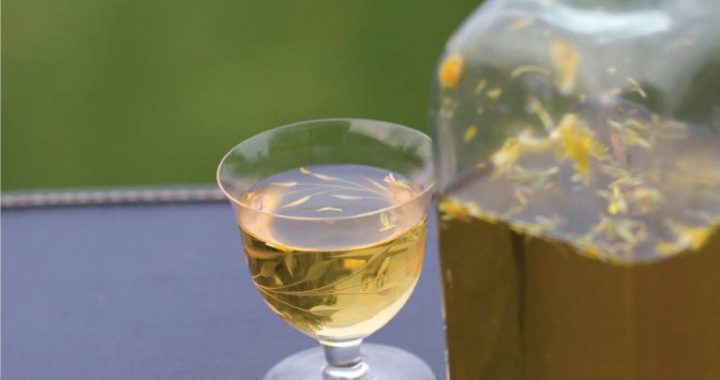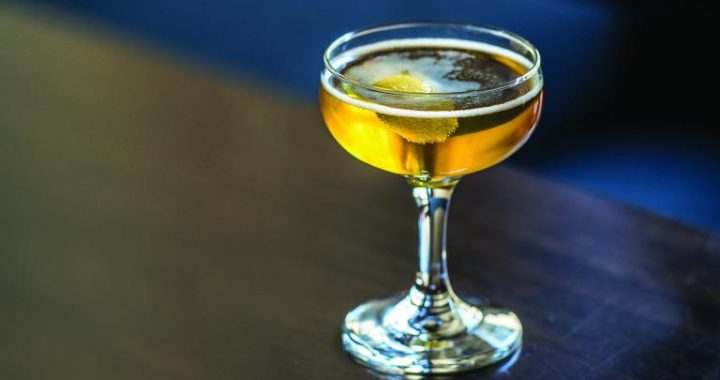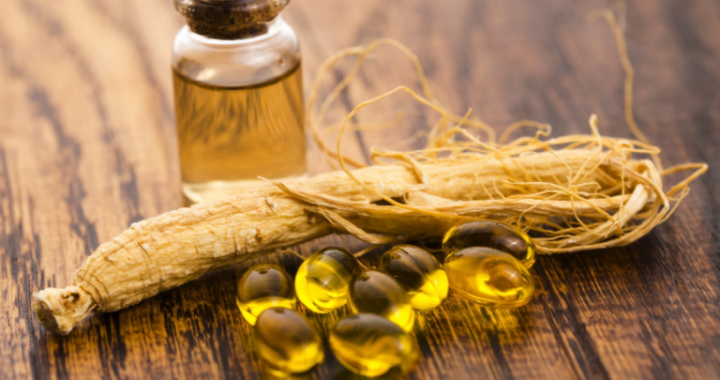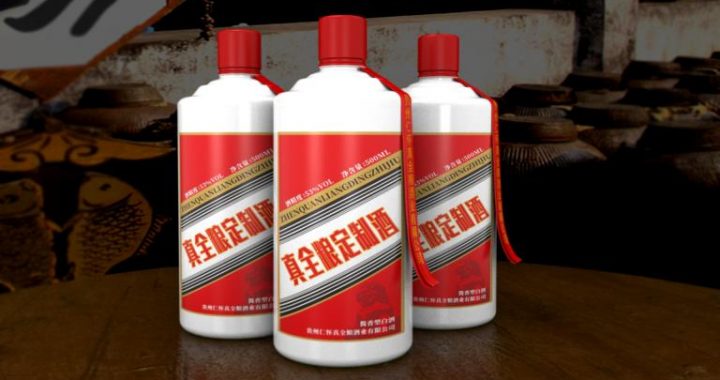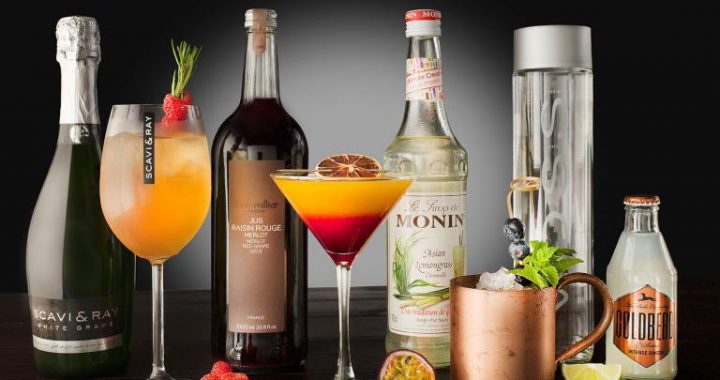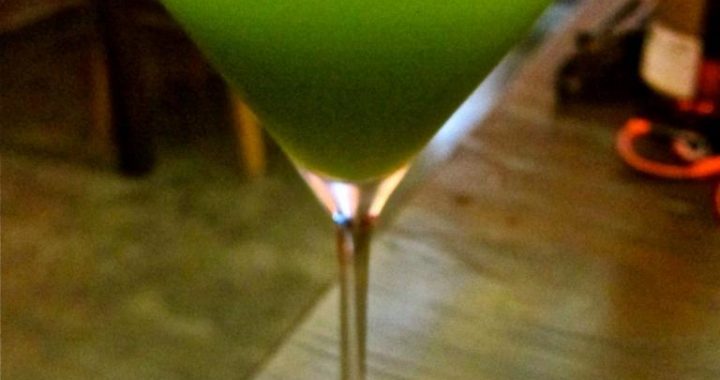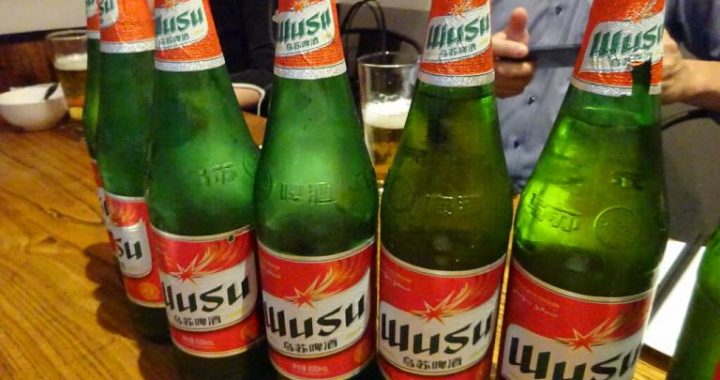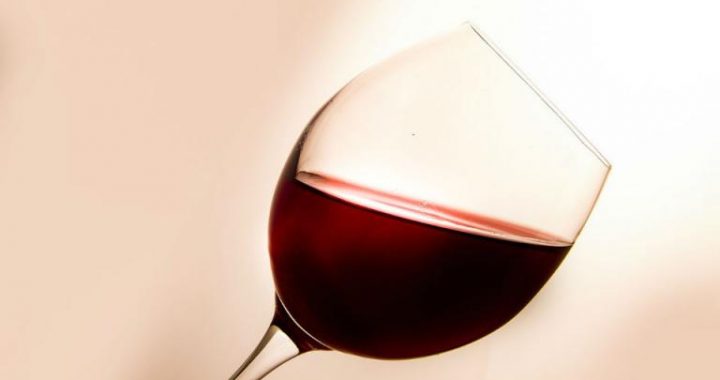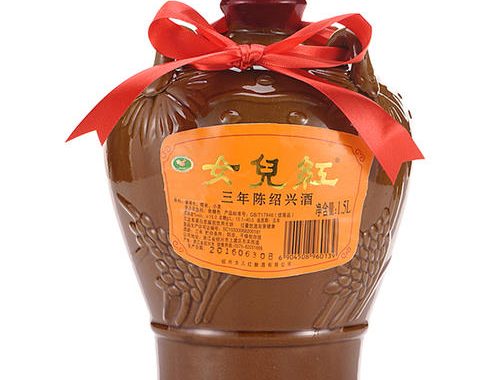After the Tang and Song Dynasties
4 min readThe Yuan dynasty was the first regime established by an ethnic minority.
Different from previous dynasties’ rulers, the rulers of the Yuan dynasty monopolized wine sales, which limited the development of wine culture.
The wine for this dynasty mainly inherited experiences of the previous dynasties, but there are some innovations. One of the features is the development from ferment wine to distilled liquor. Xinghuacun liquor, ardent spirits, was predecessor of Fenjiu liquor. Along with the invention of distilled liquor, soakage wine was developed as well. For instance, mugwort wine was served for Dragon BoatFestival; pinic flower wine, however, was made in a different way, making it unique in its flavour.
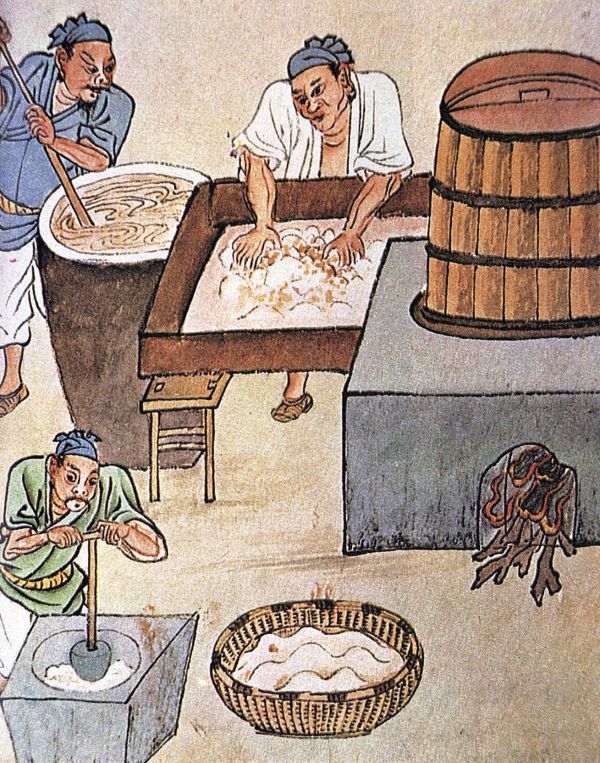
At that time, the minorities and the Han people further exchanged wine knowledge. Tounao wine is made of rice, mixed with preserved fruit, spring onion and Chinese prickly ash. It was a special product made by the nomad in northern China and introduced to Central Plains.
In the Ming dynasty, there were more types of wine than those of the previous dynasties, such as Jinhua(golden flower) wine, Jingzhigaoshao, Wujiapi wine, angelica wine, medlar wine, ginger wine, Tianmendong wine, Shenqu wine, Huashe wine, Sanbai wine, Manai wine, Lianhuabai, Hugu(tiger bone) wine, Gujinggong wine, Huaizhi wine, mung bean wine and Jasmine wine. During this period, people paid more attention to the medicinal function of wine. Bencao Gangmu written by Li Shizhen,a famous Chinese physicians and pharmacologist, is is an agglomeration of medicated wines of the previous dynasties as well.
Meanwhile, ardent spirits was further developed. The top one, five-spicy wine, renowned as the “Number One of Southern China”, was made from the sandalwood, banksia rose, frankincense, clove and myrrh, mixed with liquor and glutinous rice. In the Ming dynasty, fumigating,a unique method, was introduced to wine brewing.
Jasmine wine, for instance, is to put jasmine into wine, seal the container and then fumigate. After a period, the wine will exhale a rich perfume. However, this is not enough. It will be given further fumigating, that is, double-processed jasmine winewith even stronger perfume. In the same period, ferment reached a very high level.
Sanbai wine was a famous wine in the southern China for its long-time ferment, and was loved by many people. Later on,a new wine Songjiangsanbai was made on this basis and passed down to the Qing dynasty.
Wine industry was developed at an unprecedented rate in the Qing dynasty.
Traditional brewage methods were further developed, and the brands of distilled spirits were more varied. For instance, there were Cangzhou wine, Lianhuabai, Maobai wine, Luzhoulaojiao, Yanghedaqu, Shuanggoudaqu, Zuyeqing, Bagui wine, Qingbai wine, pawpaw wine, Shuangtou wine, Yafang wine, Hehuanhua wine, etc.
Wine industry in the Qing dynasty was featured by the following characters:
1) Professional development of the brewage. There were families engaged in brewage generation after generation. The renowned Cangzhou wine got its name for purity and long term brewage, more than 10 years, thus it was usually given as gift instead of being sold.
2) Careful selection of raw materials. Lianhuabai, for instance, was served for royal use only. It was made by combining lotus pistil and medicinal materials.
3) Fastidious about water quality. The famous wine Yanghedaqu adopted water from the Beauty Spring of Yanghe town and was fermented with quality broomcorn. Huiquan wine, as well, took water from Huishan fountain of Wuxi, Jiangsu province. It was regarded as one of the famous wines in southern China in the Qing dynasty.
4) Enhancement in brewage. People paid more attention to the timing of brewage as well as the storage. The top quality featured the wine of this period.
5) Impregnated wine and mixed wine advanced side by side. To name but a few, Hehuan wine made by soaking Hehuan flower was very popular among the plain folk.
Baiyi wine, by soaking cornel and other medicinal materials, tastes sweet and helps to prolong life.
6)Diversity in wine brewage by minorities.Due to difference in location,history,culture and traditions,the wines made by minorities differed in brewage,raw materials and the way of drinking.
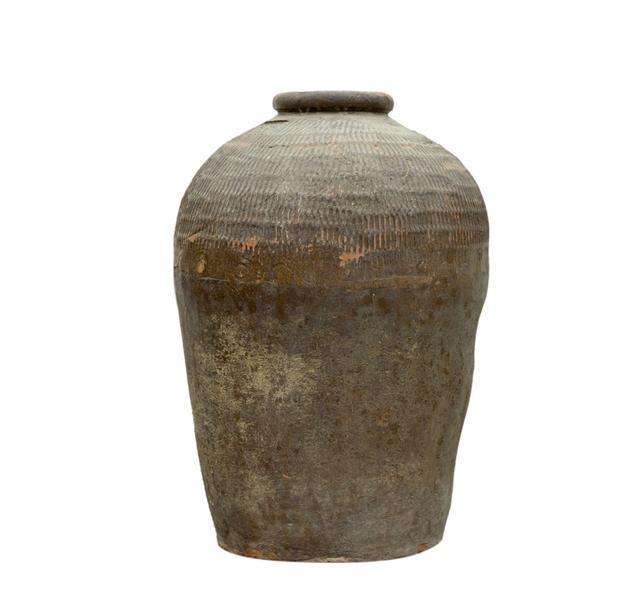
7)Exchange and reconciliation of wine culture between regions and peoples.T take Maotai,the so called State Wine as an example,there are many versions as to its origin.Some said it derived from Xiahua,Shanxi,a mixture of Fenjiu wine and local wine but differed only in its style.It is said that a businessman of Fenyang,Shanxi province passing by Renhuai county of Guizhou province consumed all the wine he brought from his hometown.He then went to a nearby wine shop to buy some but found none taste good.Requested by the shop owner,he engaged a famous master fromFenyang and took him to Guizhou the next year and made wine from local sources in Fenjiu wine brewage.After repeated processes,the wine turned to be very tasty.As it was made in Maotai town,it was thus named Maotai wine.Another version held that the Maotai wine was closely related to the minorities and that there were historical records for validation.Despite their discrepancy,the two versions both involved exchanges of wine culture between peoples and regions,which shows that the Maotai wine was famous due to its close tie with such exchange.
8)Growing feature of wine as a sort of merchandize.In Qing dynasty,such a feature of the famous wines was even prominent and the scope of the circulation was further wider.
9)Intensified exchanges of wine cultures among nations.At the end of Qing dynasty,the German troops occupied Qingdao in a name of protecting churchman.They then built a beer plant with quality barley as raw material and adopted Laoshan mineral water to make the renowned Tsingtao beer all over the world.
